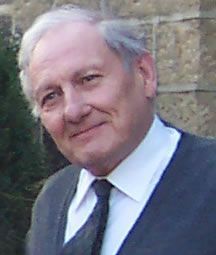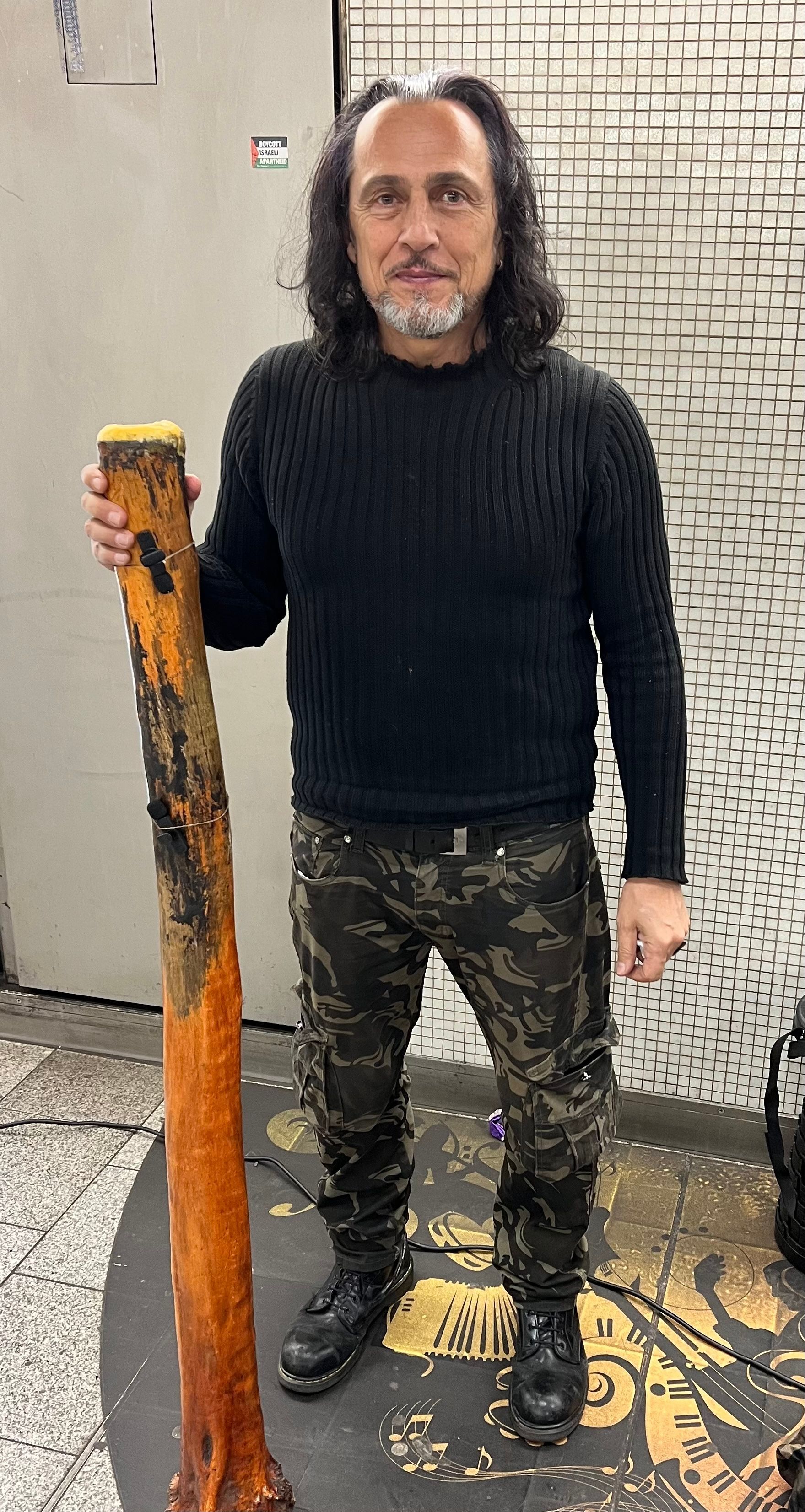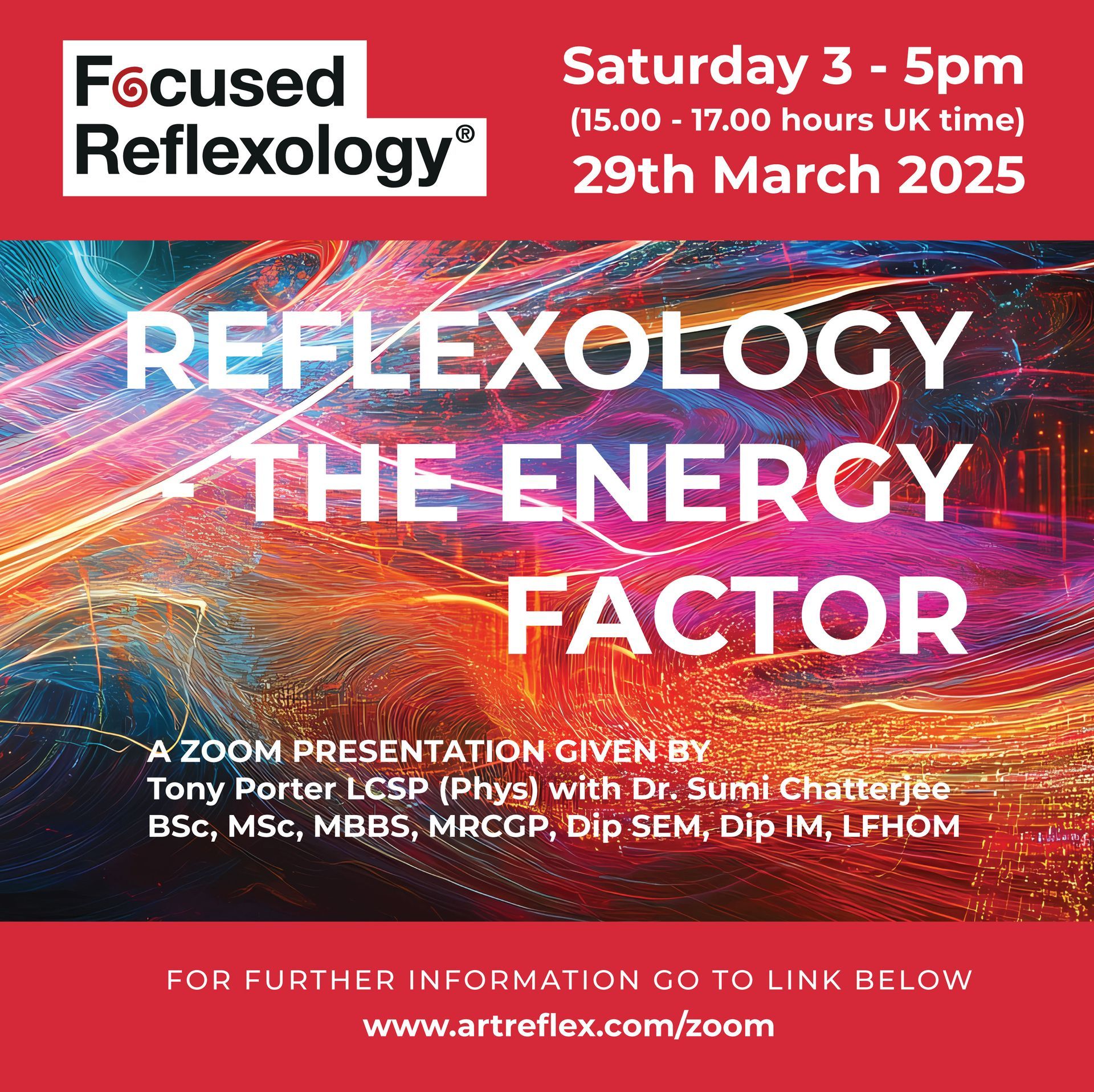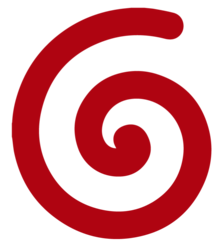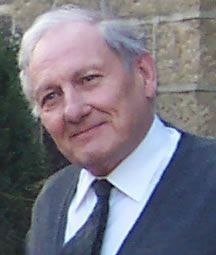By
•
July 10, 2024
THE ENERGY FACTOR Part 2 Reflexology, with its captivating elusiveness, stands out among other manual therapies. Its actions are multifaceted, akin to an elusive butterfly that never settles in one place for long. To truly grasp its elusiveness, we must cast our nets wide and develop the ability to discern the subtle changes in the tissues of the reflexes — what I identify as a disturbed reflex. It's important to note that many reflexologists may not work in a way that allows them to become aware of these changes. However, this presents an exciting opportunity for future exploration, which we will explore in a future article. A disturbed reflex displays a texture or ‘feel’ that differs from its surrounding tissue. There are various types of textures, from the crystals described by Eunice Ingham to those with a more subtle identity. Once this ability has been developed, the practitioner will become in tune with the energy that gives animation to all life forms. That energy is —electricity. The feet are receptors of the electromagnetic energies from the earth. They serve as a two-way communicator between the earth and the brain, not forgetting to and from the therapist. The feet serve as electromagnetic communication centres. The quote below explains this very well: ‘Each cell in the body is a tiny, complex electrical system which picks up magnetic impulses not only from the atmosphere but especially from the ground. Hence the tactile hypersensitivity of the toe tips and sole of the foot is no coincidence, but part of our natural equipment to ‘pick up’ these electro magnetic forces and convey them through the body’. - James Beal NASA’s Space Centre: As reflexology practitioners, we need to be aware of the electrical circulation of the body, as well as that of the blood, lymph, and, of course, oxygen. In ancient cultures, electricity was described as Qi, life force, chi, vitality, ka, etc., vital force. In acupuncture, electricity or Qi is said to flow in channels (or vessels) known as meridians. In Ayurvedic medicine, it is called prana and is said to flow through a complicated network of vessels or channels called Nadis, of which there are said to be 72,000. ‘Circulation is life; stagnation is death’, a wise maxim that applies not only to blood circulation but also to electricity. It is a resistance to this energy that creates a disturbed reflex. My life in reflexology has taught me much about reflexology. One of the most valuable factors is the variation of each client's reflex sensitivity status. This showed that those with a generally dull reflex status were slow responders to treatment, while those with lively and easily detected reflexes would have a strong response. This led me to discover that a painful reflex does not necessarily indicate a problem in its referred pathway. On the contrary, in health, feet should display robust and sensitive reflexes, a sign of high levels of Qi or vitality throughout the body. This explains why the reflex status of people with serious or terminal diseases will become less evident as the disease progresses due to the decreasing levels of Qi. This is evident in those not receiving analgesic medication. In addition to the client's energy status, I became aware of my own energy status and how its fluctuations affected my treatments. I would begin most days with an early morning run, but sometimes I extended my running time, and even though I felt good afterwards, something seemed missing from my treatments on those days. Clients remarked that my touch felt empty and my treatment lacked its usual effectiveness. This made me question how the practitioner's Qi levels affected treatment outcomes. My investigation led me to discover that ancient schools of therapeutic knowledge emphasised the practitioner's health as much as the patient’s. A few years later, during a visit to China, I met a famous acupuncturist who explained the same energy factor. As a point of interest, she told me that working on the feet was deemed bad for the practitioner; for this reason, reflexology was not practised except in public bathhouses for insomnia. (this is for another article). She explained that to build or restore Qi; we need to stand barefoot on grass or the earth and breathe the energy up through the feet (from the kidney 1 acupuncture point — an example of the benefits of grounding). Since then, I have discovered much about restoring and increasing the body's Qi, which, in my case, always leads to more effective treatments. I found that jogging for a too long duration, particularly on my treatment days, had a negative impact on the therapeutic effectiveness of treatments. Interestingly, a gym workout with weights did not have the same detrimental effect. It seems that anaerobic resistance exercise can stimulate Qi. Strategies to increase Qi Since then, the most effective way for me to increase and restore my Qi has been the practice of pranayama (the science of breath). (I began this practice many years ago after being diagnosed with having an inherited cardiological issue.) Those who regularly practice breath work will experience the circulation of Qi through the body, particularly in the fingertips and toes. In my experience, this energy is shared with the client, giving treatments a touch of magic. Ancient schools of health taught practitioners how to build and maintain good health and vitality for its value in treatments. Some activities which reduce Qi Too long duration of aerobic exercise (on treatment days) Lack of sleep Excessive alcohol Poor breathing Dehydration Some activities to increase Qi Breathwork, particularly each morning. (Including abdominal breathing, which can be performed in unison with humming — both are great vagus stimulants.) Abdominal massage Splashing the face with cold water is another vagal stimulant. Pilates Meditation Reiki I have touched a single thread of a vast tapestry of lost knowledge. I know many practitioners practice my suggestions regularly, some of whom are leaders in this field. I will expand on this subject later in one way or another. I conclude with this thought: ‘The body distils its own miraculous medicines’ — if given a chance. My Best wishes Tony Porter



